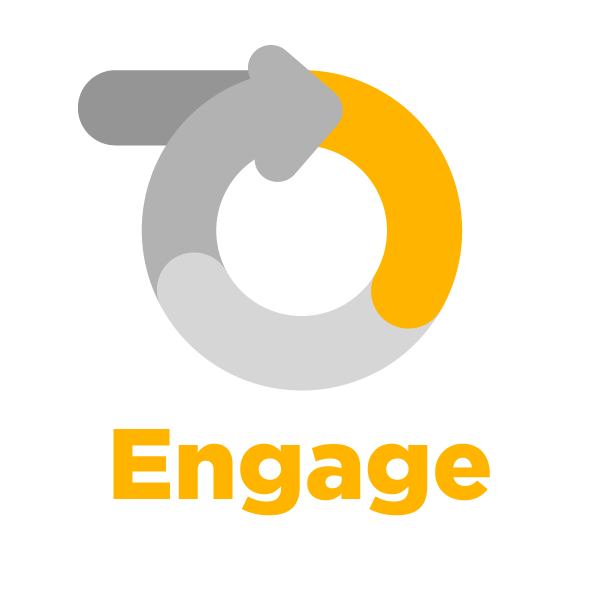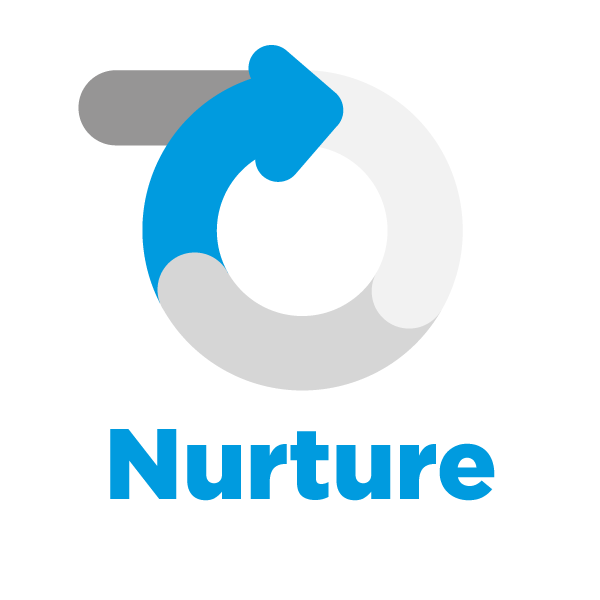Using Bullhorn Automation today?
Streamline your onboarding experience with how-to playbooks.
Looking for more tips to delight new hires?
Learn how to take your remote onboarding process from mess to success.
Measuring success in the Onboard phase
When determining and measuring the success of your activities at the Onboard phase, here are the top KPIs you should be tracking.
Time to onboard
The amount of time it takes for an applicant to fill out the necessary paperwork to become an employee and get to work.
Onboarding drop-off rate
The percentage of talent that falls off at any stage of the onboarding process. Depending on where candidates drop off, this metric will let you know if any part of the onboarding process needs optimization.
Document completion rate
The ratio of onboarding documents sent to completed forms received. This metric can also help to determine if your onboarding process needs optimization.
No-shows
Knowing how many people, on average, don’t show up for positions will allow you to plan ahead. Knowing why those people didn’t show up is next level. Was it due to poor training? A mix up in assignment information?
Explore the Connected Recruiting phases

Attract and convert more applicants
The Attract phase of the talent lifecycle is all about streamlining your application process and tailoring your brand to offer a memorable experience — from their first interaction with your website to your application follow-up.

Meet candidates where they are
The Engage phase of the talent lifecycle is all about knowing your audience. Do you have enough information about all the candidates in your database to be able to deliver the right message, at the right time, in the right channel, for the right opportunity?

Take the busywork out of onboarding
The Onboard phase of the talent lifecycle is all about checking the administrative requirements while delivering a positive candidate experience (in the lead up to their first day and throughout their assignment).

Increase redeployment and candidate satisfaction
The Nurture phase of the talent lifecycle is all about building long-term relationships, making the most of your existing database, and leveraging reviews and referrals, to ultimately build a talent community.